The Role of the Adults in the Montessori Environment
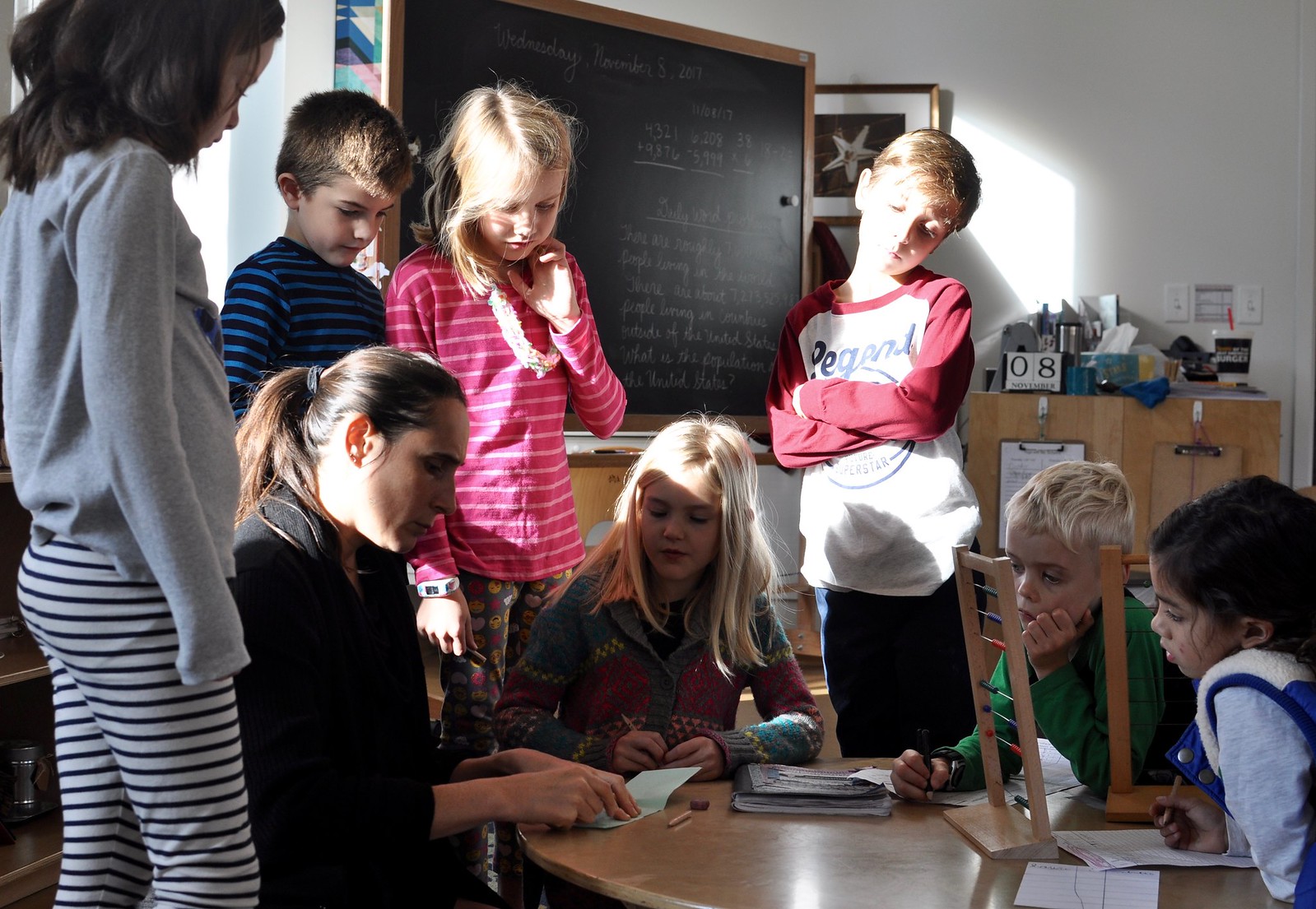 Not enough is said about the adults - in particular, the Guides and the Aides - in the Montessori classroom, and I wonder if there can ever be the right words to express the kind of commitment, intensive training, daily practice of patience and presence, and mindful dedication that this team tirelessly exhibits while working with our children. In accordance with AMI certification, Villa di Maria recently underwent an observation period (just for the Primary classrooms this time around) by AMI consultant Cathryn Kasper, who expressed her absolute delight at our school's commitment to Montessori and our recent physical growth. Read more about what she had to say about the roles of the adults in the Montessori environment, below.
Not enough is said about the adults - in particular, the Guides and the Aides - in the Montessori classroom, and I wonder if there can ever be the right words to express the kind of commitment, intensive training, daily practice of patience and presence, and mindful dedication that this team tirelessly exhibits while working with our children. In accordance with AMI certification, Villa di Maria recently underwent an observation period (just for the Primary classrooms this time around) by AMI consultant Cathryn Kasper, who expressed her absolute delight at our school's commitment to Montessori and our recent physical growth. Read more about what she had to say about the roles of the adults in the Montessori environment, below.  Cathryn Kasper, AMI consultant, served as a Guide for 30 years, and has been a Montessori consultant for 12 years. She met with the VdM staff to share her knowledge and connection to her experience, and to impart some of her wisdom upon us all!
Cathryn Kasper, AMI consultant, served as a Guide for 30 years, and has been a Montessori consultant for 12 years. She met with the VdM staff to share her knowledge and connection to her experience, and to impart some of her wisdom upon us all! "If we want the 'new child' - the child of the future, the child who is yet to become - to appear, we need to do our own work, as adults," Kasper relays. She encouraged a reflection among the adults: that the classroom staff ask themselves: Who am I while I am doing this work? What aspects of Montessori philosophy and practice help me maintain my role?
"If we want the 'new child' - the child of the future, the child who is yet to become - to appear, we need to do our own work, as adults," Kasper relays. She encouraged a reflection among the adults: that the classroom staff ask themselves: Who am I while I am doing this work? What aspects of Montessori philosophy and practice help me maintain my role?  The reflection itself illustrates the mindful headspace a Montessori Guide or Aide must inhabit during the classroom hours - a space that leaves every personal, subjective piece of herself (or himself) outside of the classroom to make space for the person who is the transformed adult. The transformed adult exhibits respect, trust, and an open heart. She is graceful in her movements, gracious with her words, and listens, and above all else, understands at the core of her being, that every child deserves to feel secure, loved, and heard.
The reflection itself illustrates the mindful headspace a Montessori Guide or Aide must inhabit during the classroom hours - a space that leaves every personal, subjective piece of herself (or himself) outside of the classroom to make space for the person who is the transformed adult. The transformed adult exhibits respect, trust, and an open heart. She is graceful in her movements, gracious with her words, and listens, and above all else, understands at the core of her being, that every child deserves to feel secure, loved, and heard. Kasper relays, "The aim of our daily practice is to discover the child and effect his liberation." This includes possessing the patience and wherewithal to recognize that change will happen when the conditions are there; we must trust that the child will transform when all the pieces are in place. Part of this, from the standpoint of the adult in the classroom, has to do with noticing: noticing when a child is in need of more, noticing when a child needs something different, noticing that if a child could do better, he would do better, and supporting him in his journey.
Kasper relays, "The aim of our daily practice is to discover the child and effect his liberation." This includes possessing the patience and wherewithal to recognize that change will happen when the conditions are there; we must trust that the child will transform when all the pieces are in place. Part of this, from the standpoint of the adult in the classroom, has to do with noticing: noticing when a child is in need of more, noticing when a child needs something different, noticing that if a child could do better, he would do better, and supporting him in his journey.

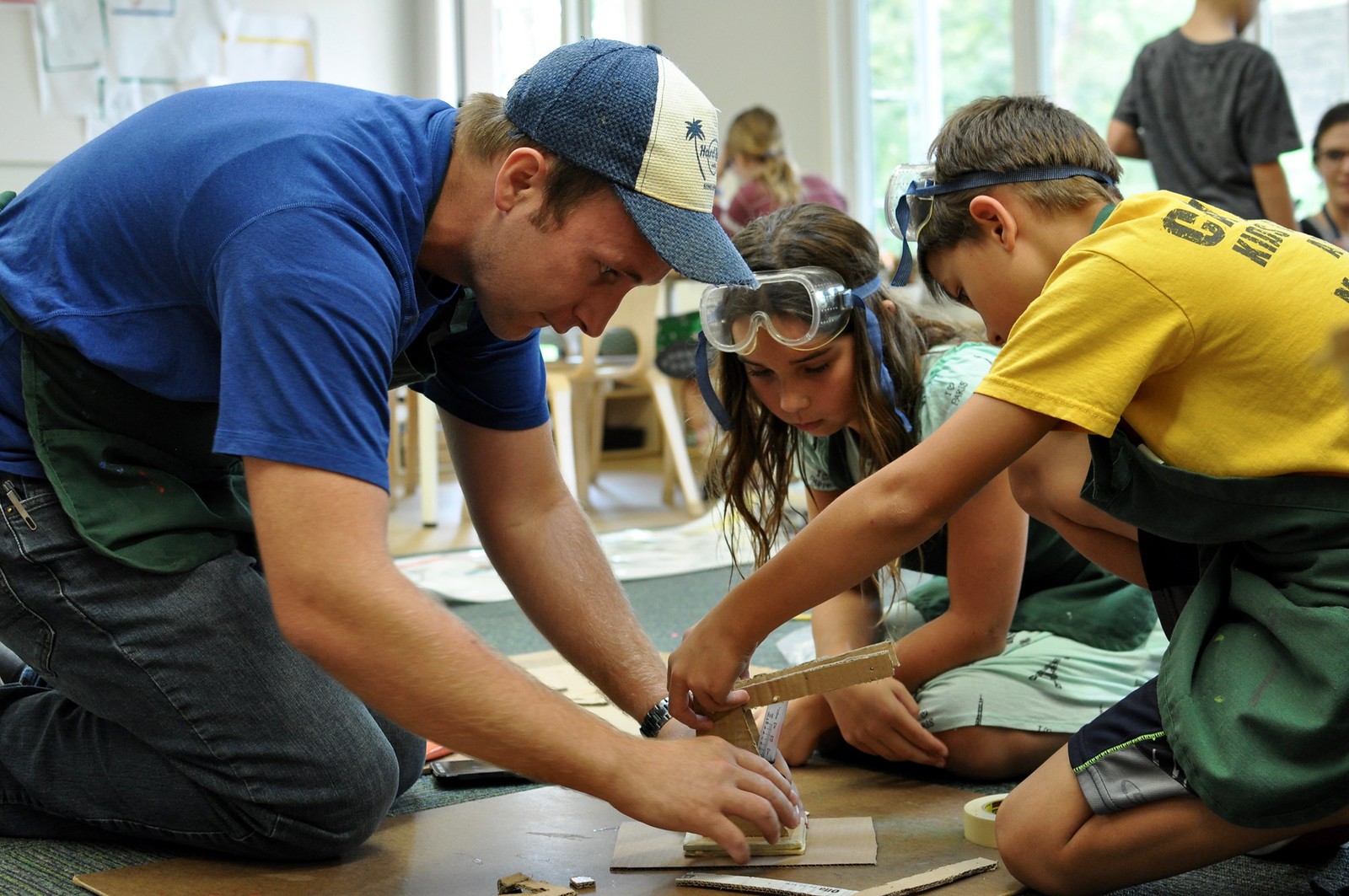 The Assistant to the Guide is sometimes overlooked, but she (or he) is the "safeguard," the one who notices, the "glue that holds us all together... the oil that keeps the machine running," shares Kasper. We are lucky here at Villa di Maria, that our Guides and Aides are effective communicators, and so graciously show their appreciation of and respect for one another on a regular basis. For that, we are all thankful!
The Assistant to the Guide is sometimes overlooked, but she (or he) is the "safeguard," the one who notices, the "glue that holds us all together... the oil that keeps the machine running," shares Kasper. We are lucky here at Villa di Maria, that our Guides and Aides are effective communicators, and so graciously show their appreciation of and respect for one another on a regular basis. For that, we are all thankful! Thank you, Cathryn Kasper, for your wonderful presentation.And thank you to all the Guides and Aides here at Villa di Maria, for all of your hard work with our children. We are so grateful for you every day. We hope you enjoy some much-needed rest and relaxation over next week's Thanksgiving break!
Thank you, Cathryn Kasper, for your wonderful presentation.And thank you to all the Guides and Aides here at Villa di Maria, for all of your hard work with our children. We are so grateful for you every day. We hope you enjoy some much-needed rest and relaxation over next week's Thanksgiving break!


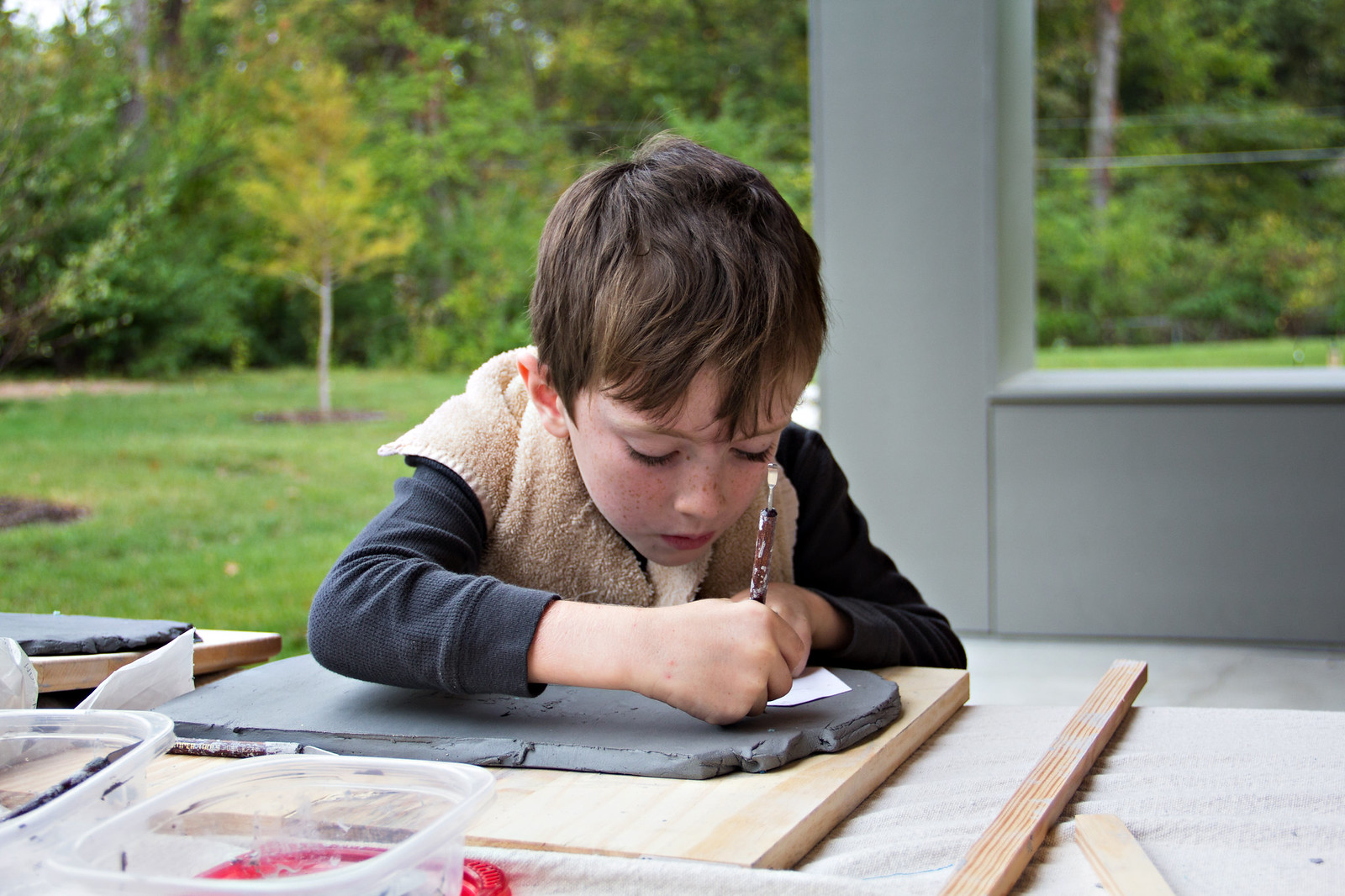






















































































































































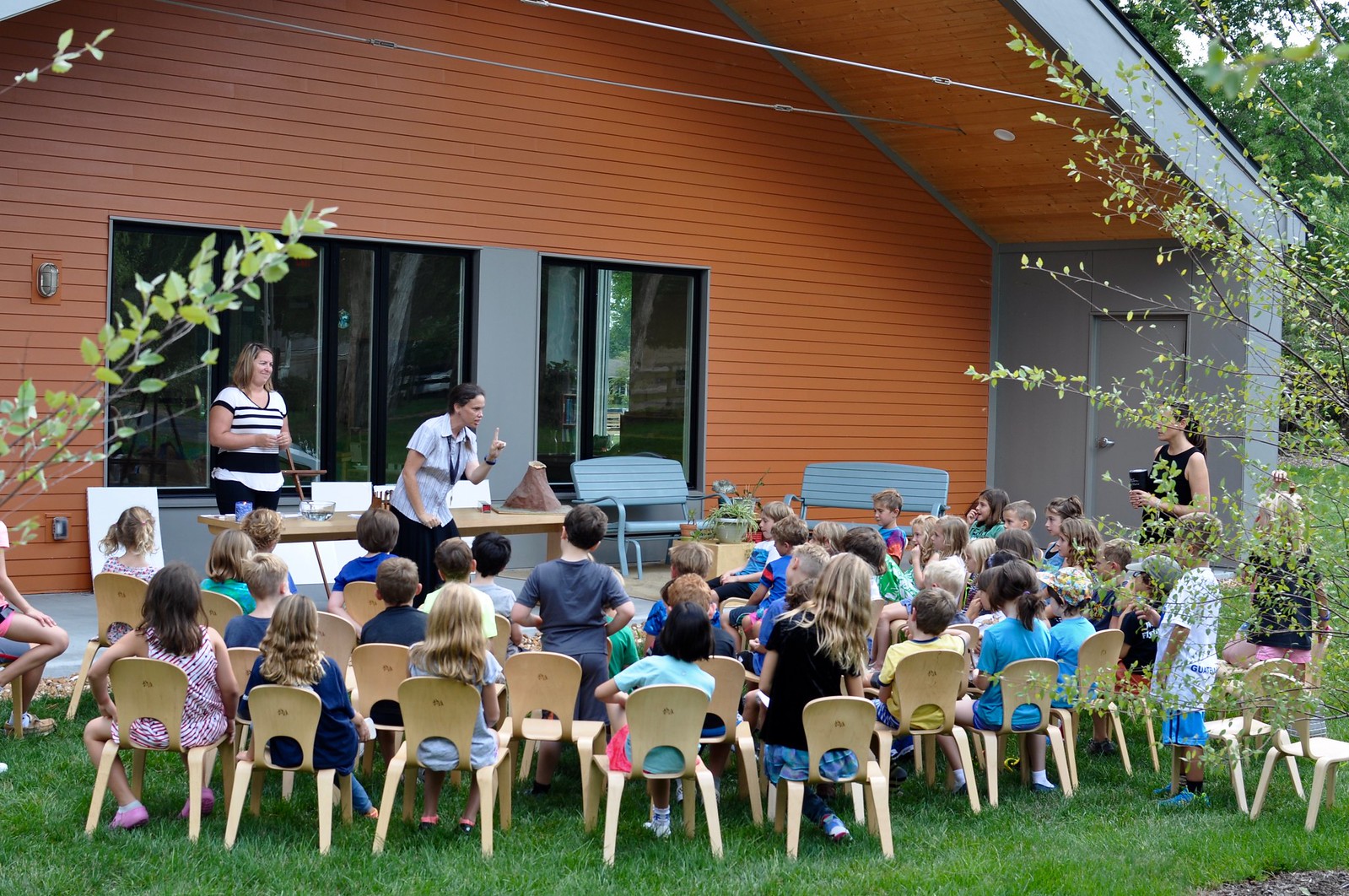



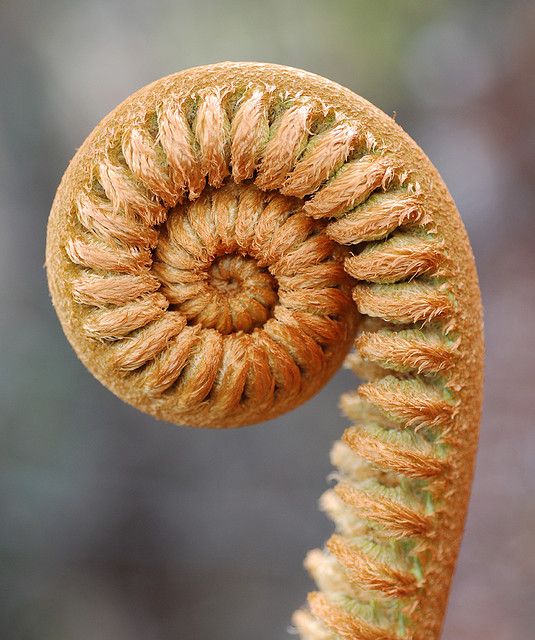
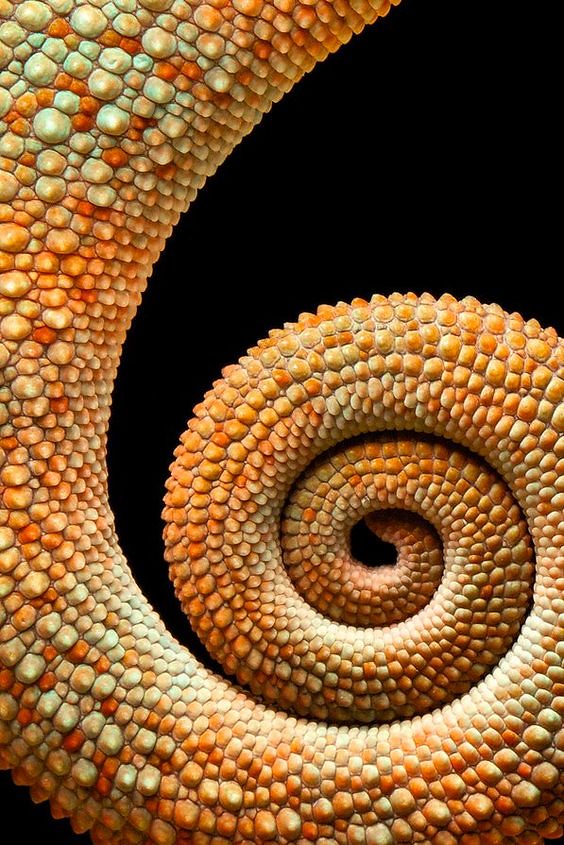


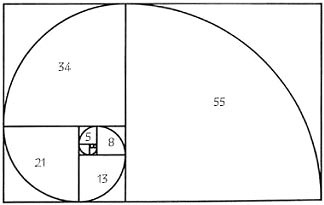
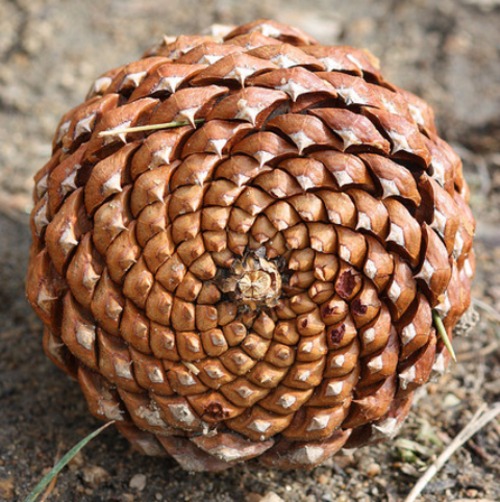


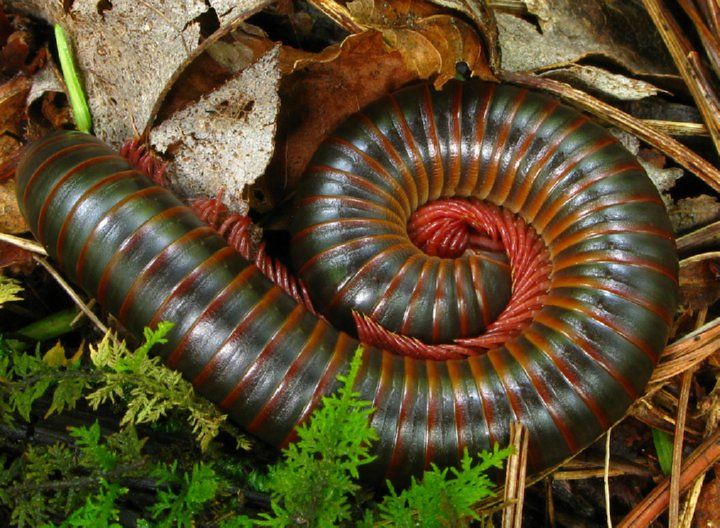



























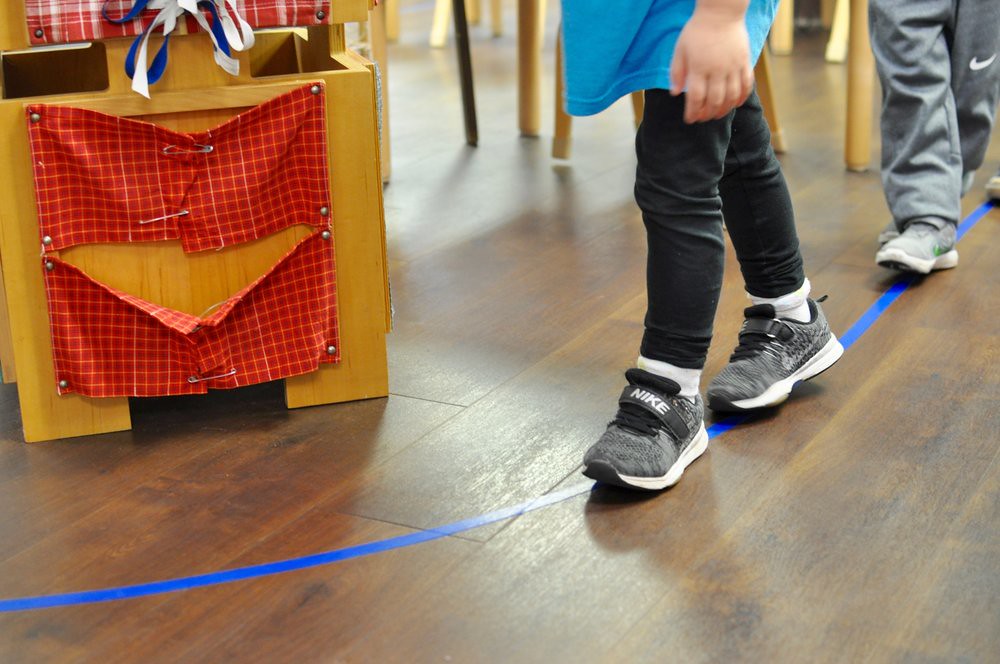



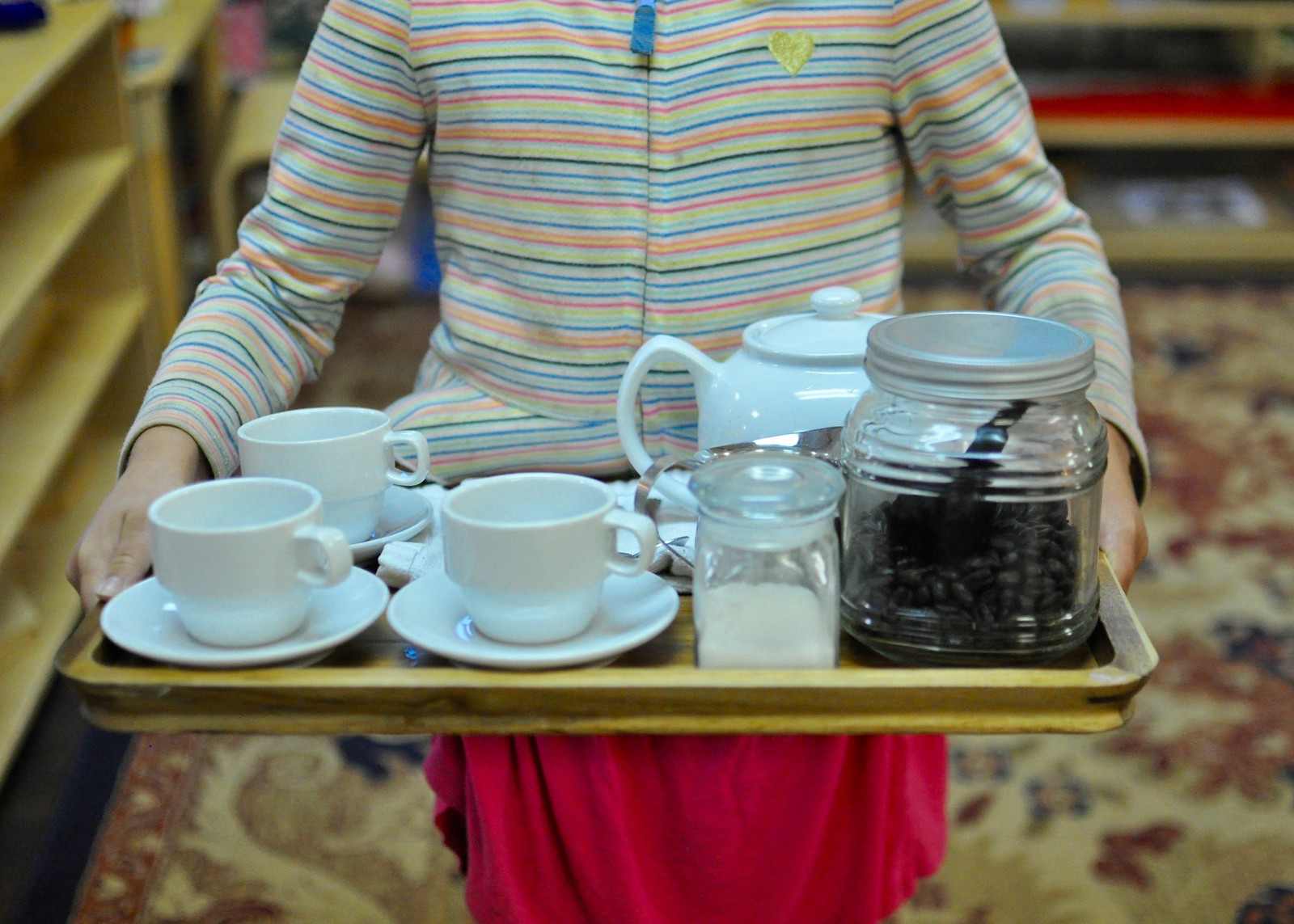
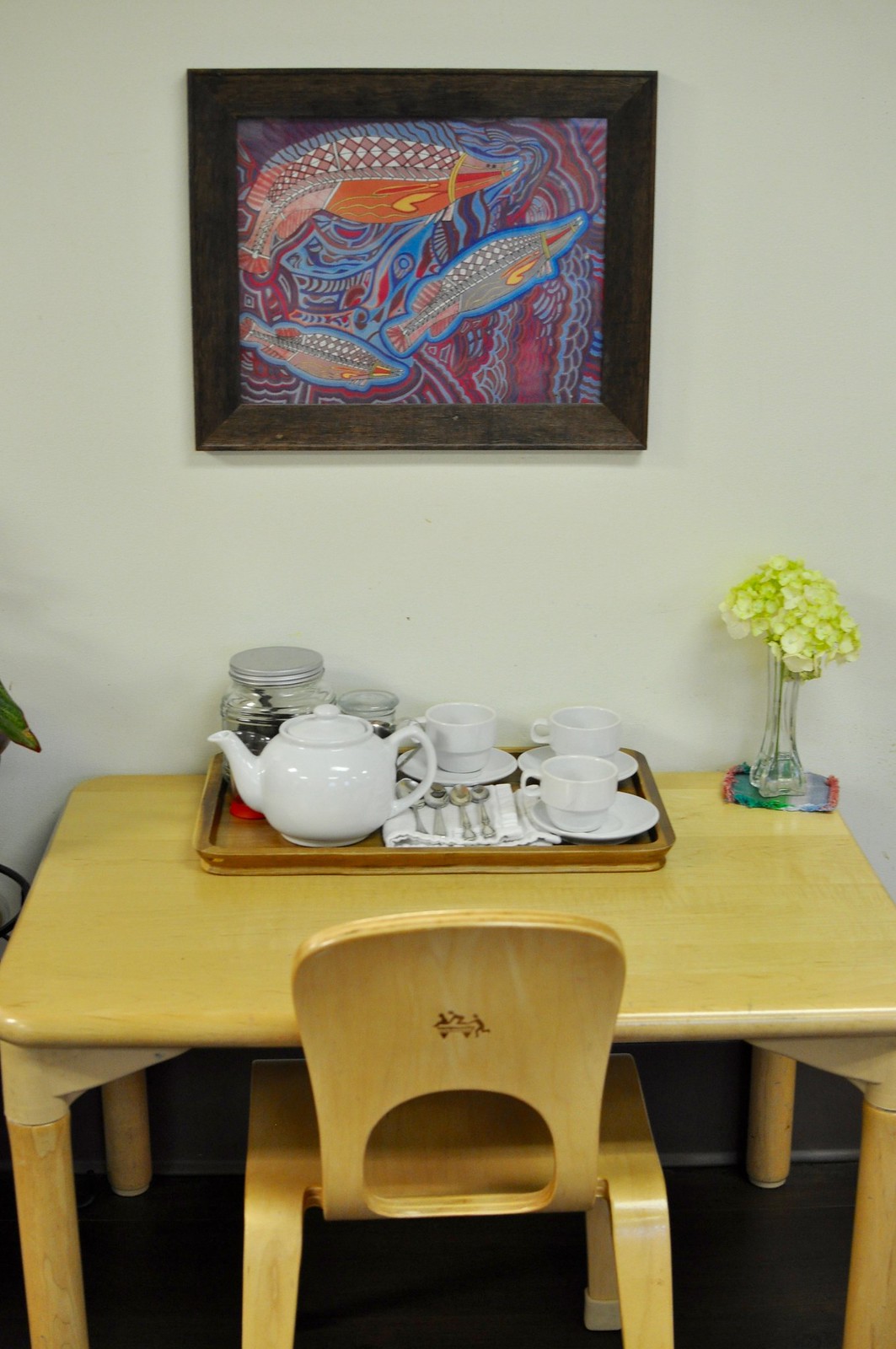
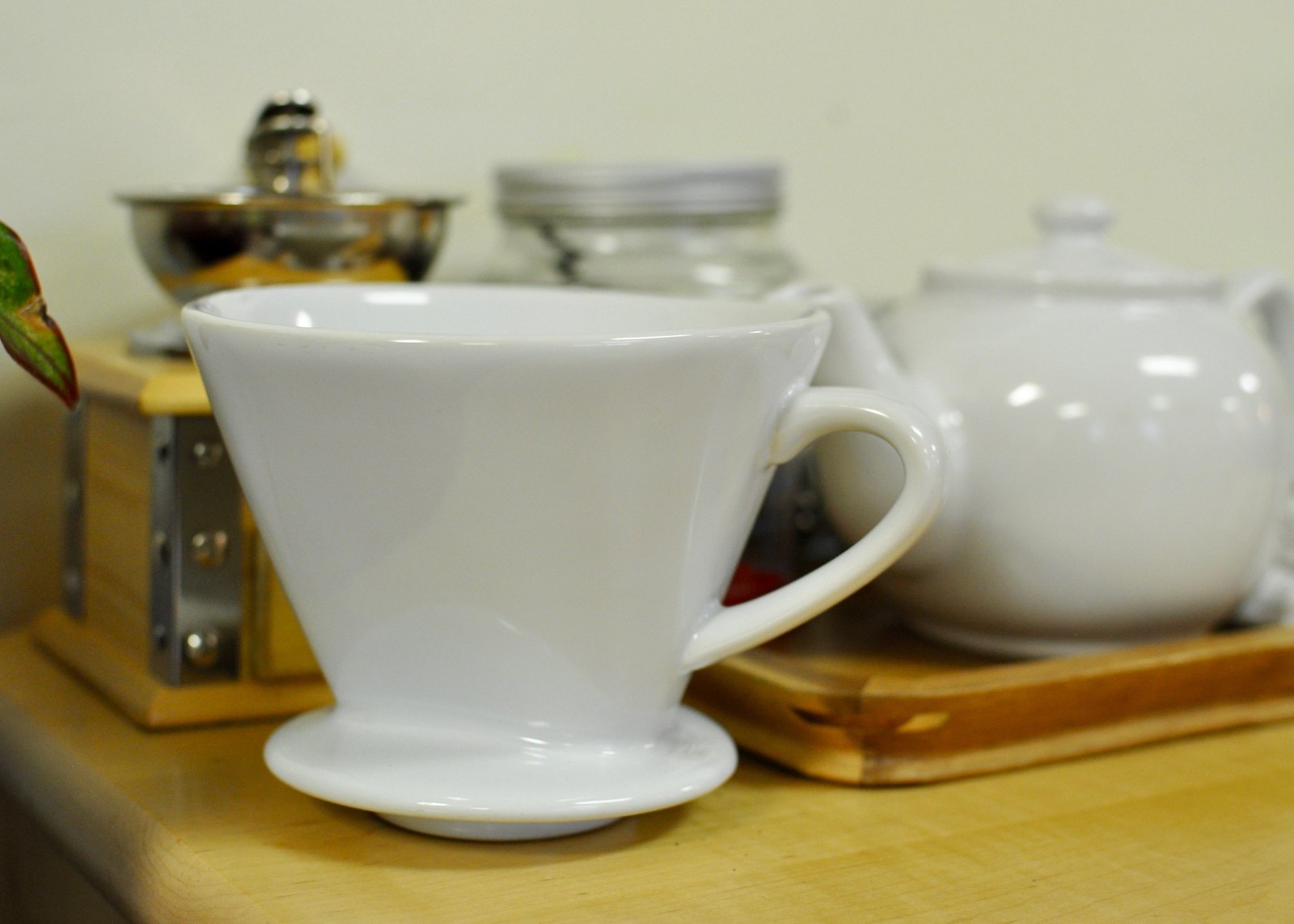
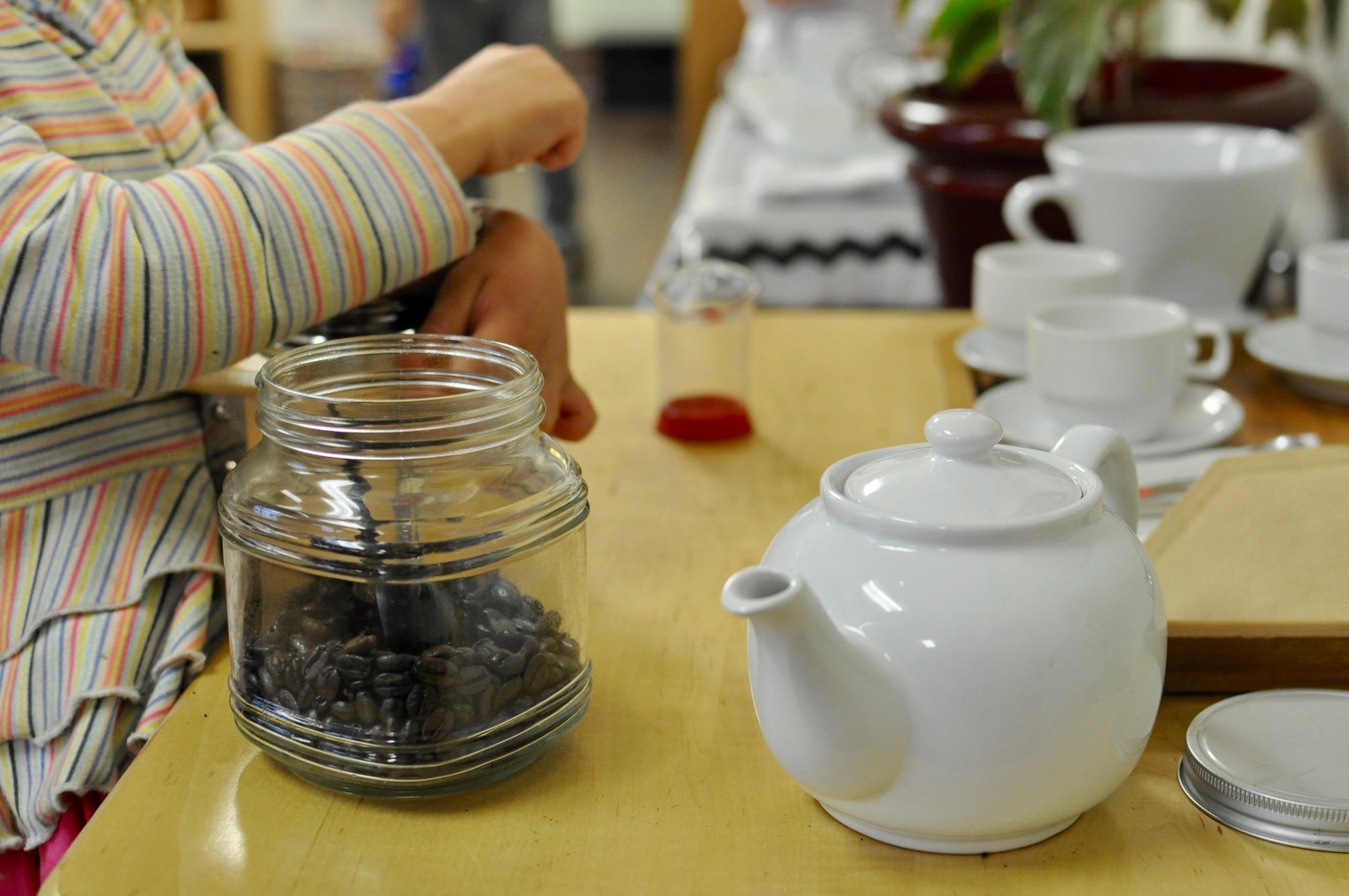
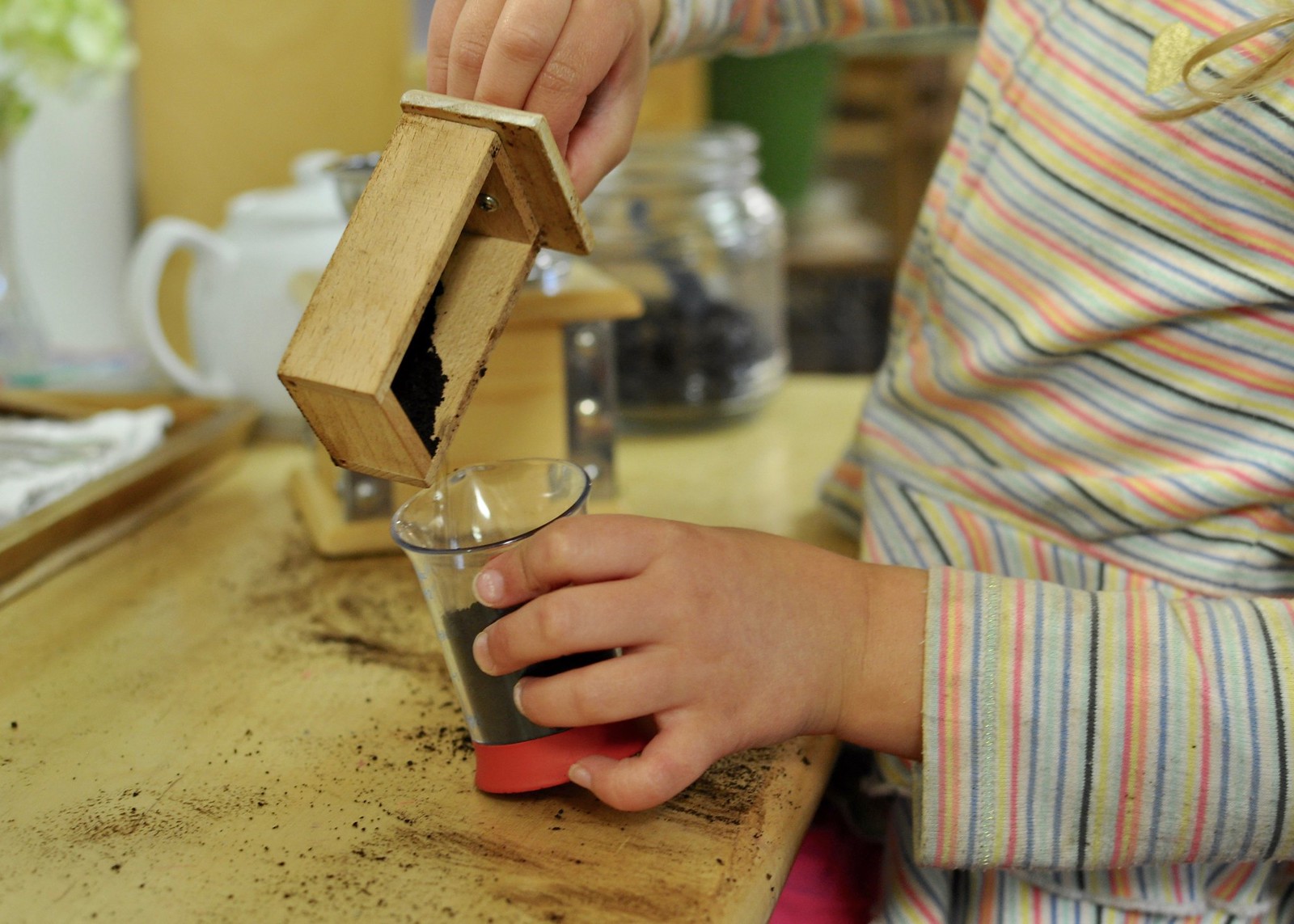
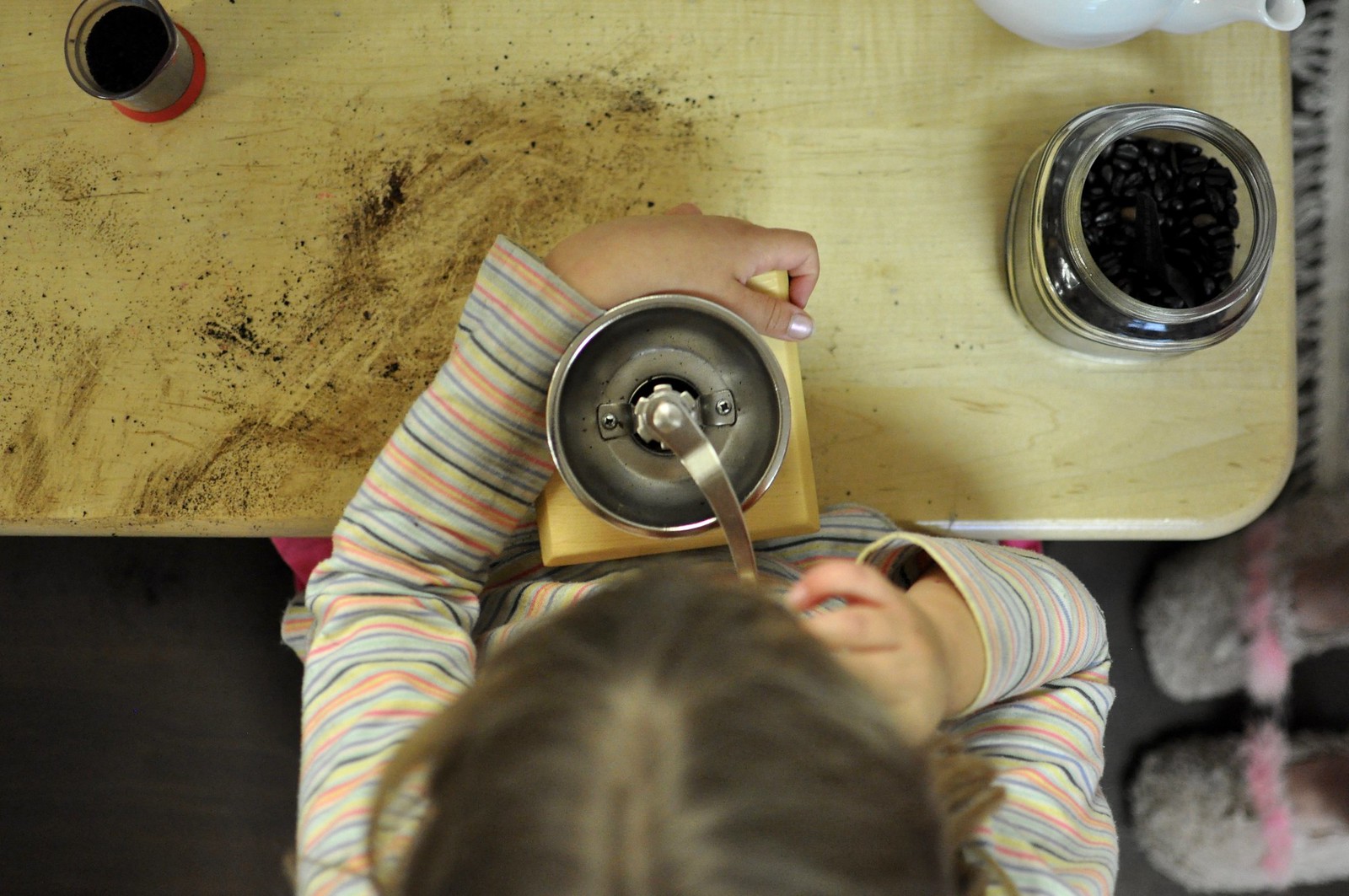

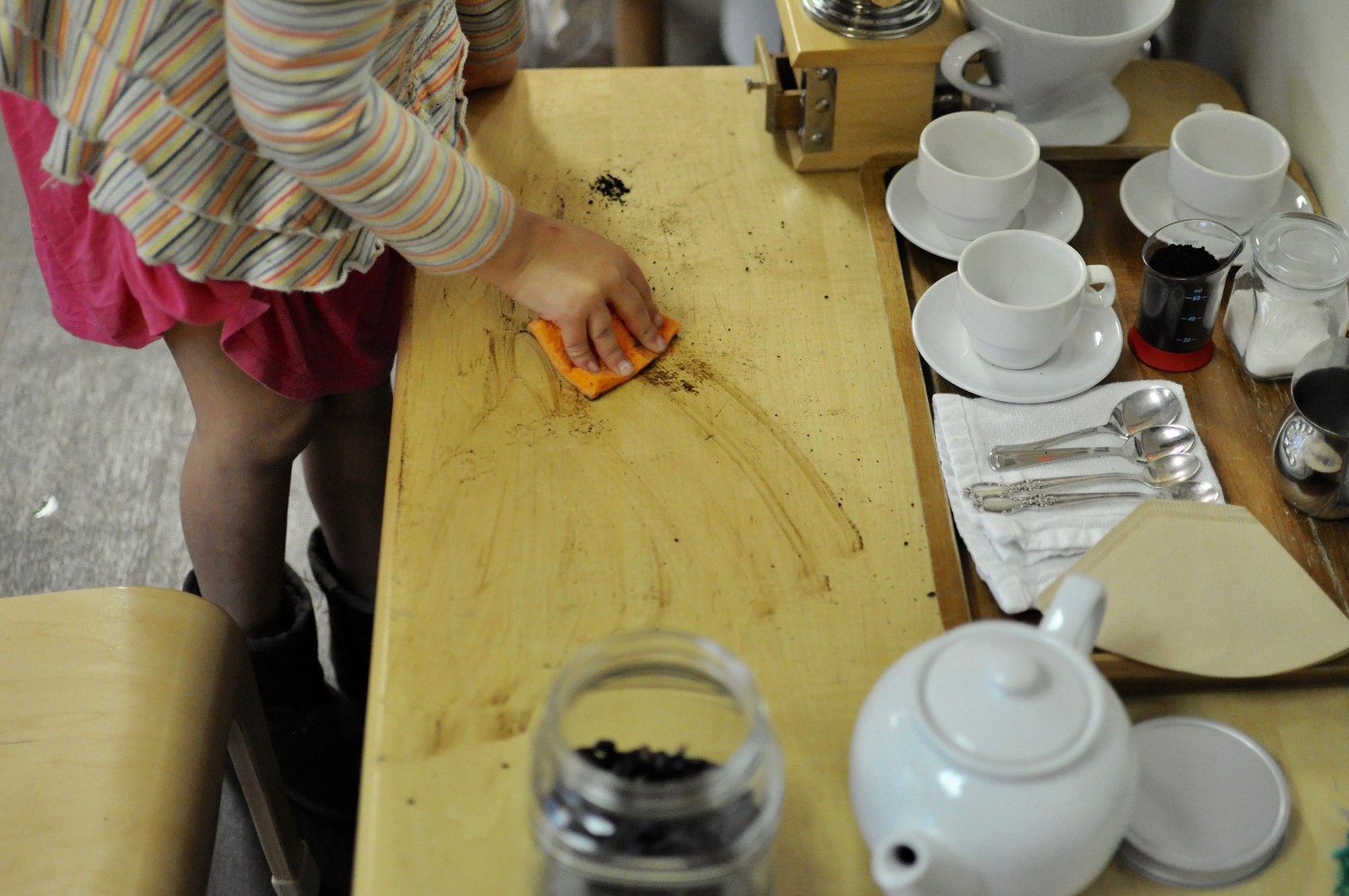


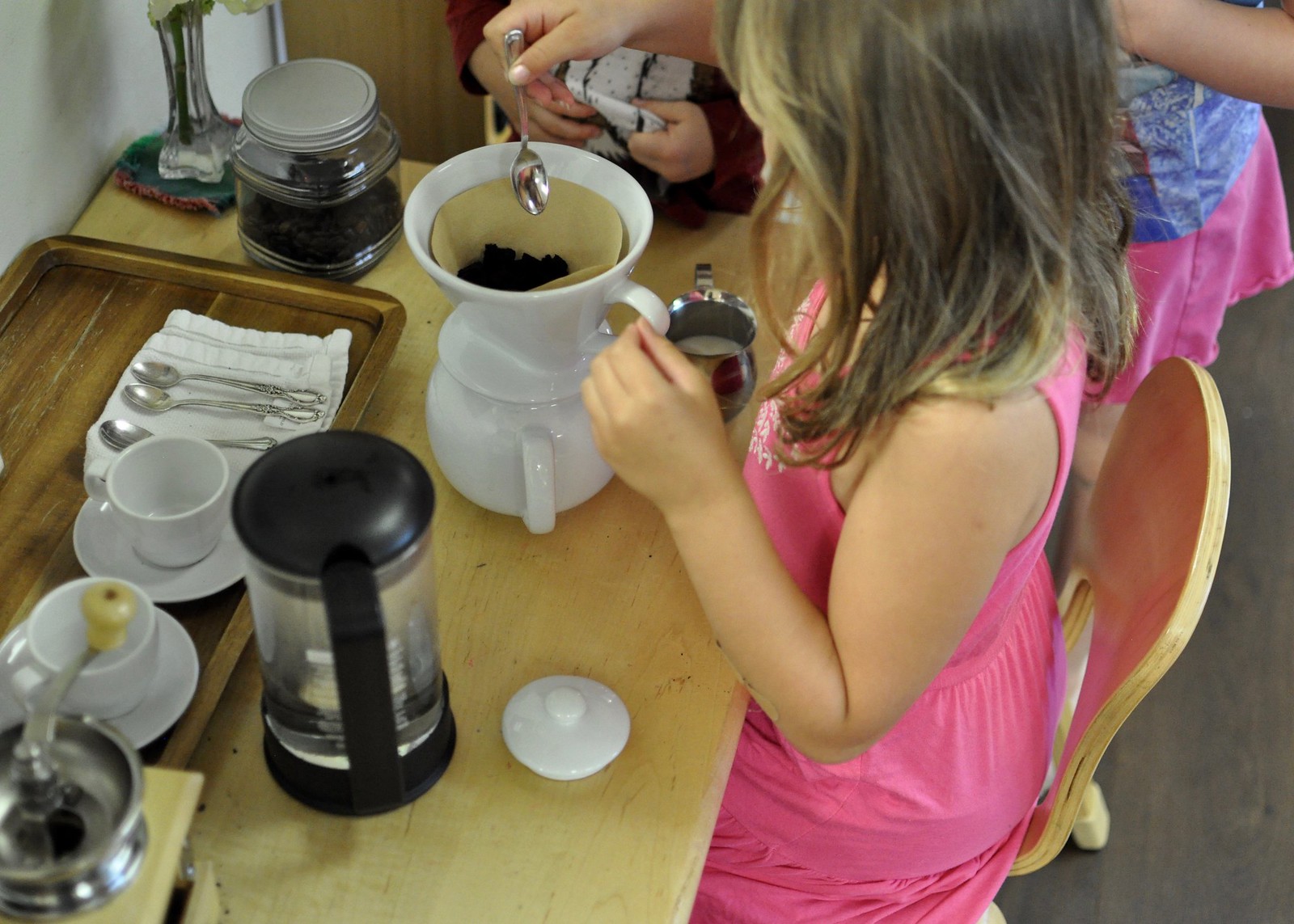

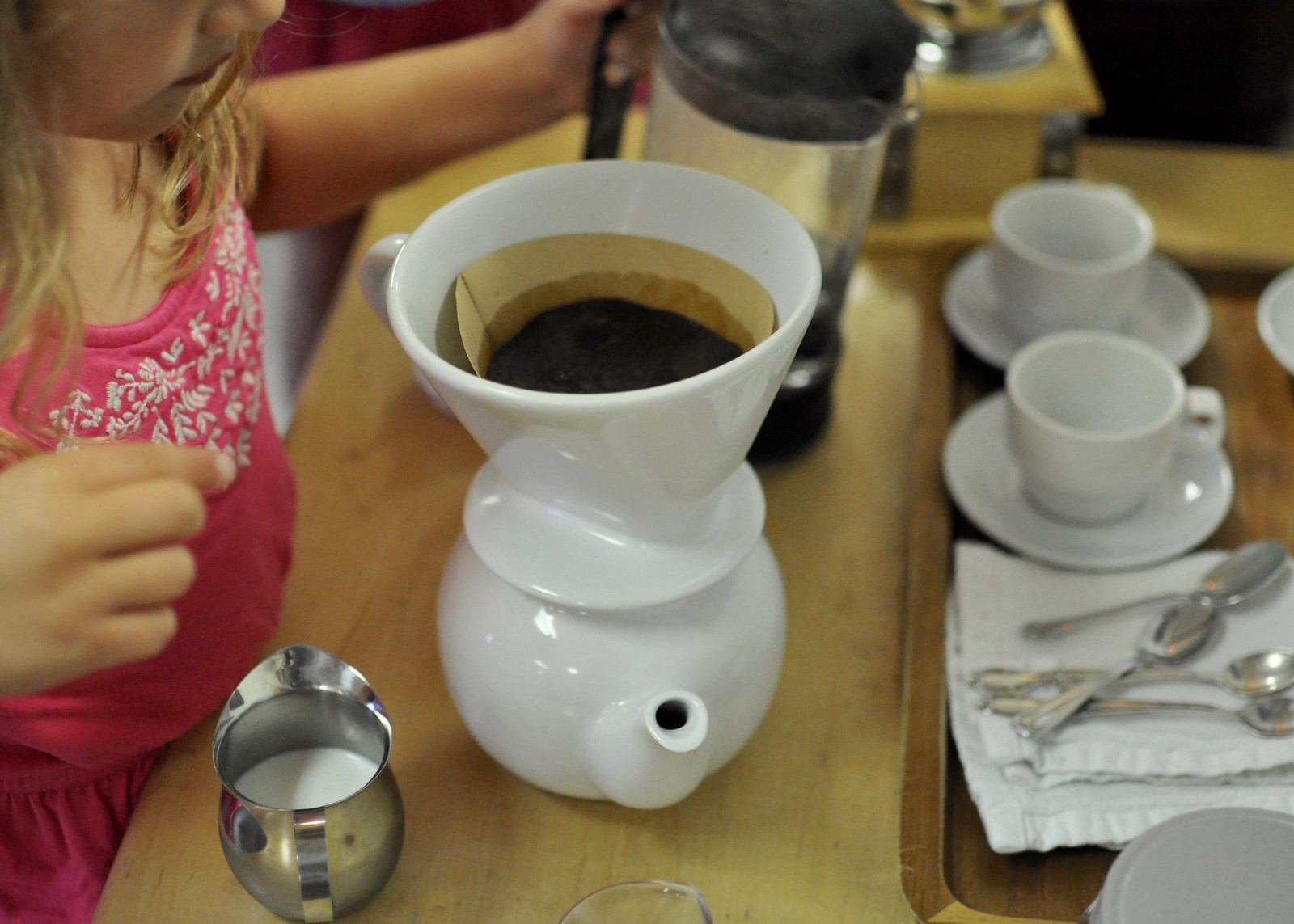

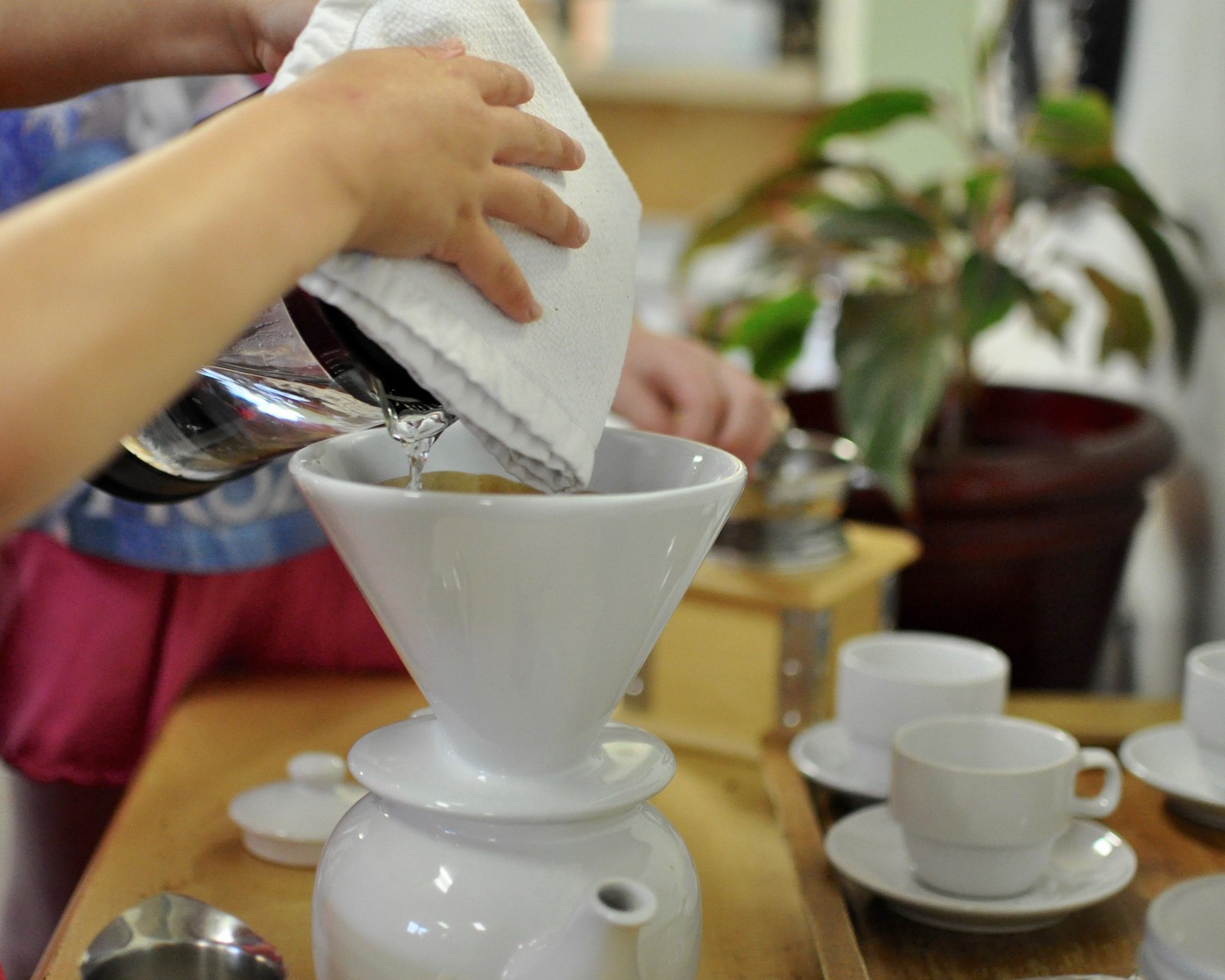
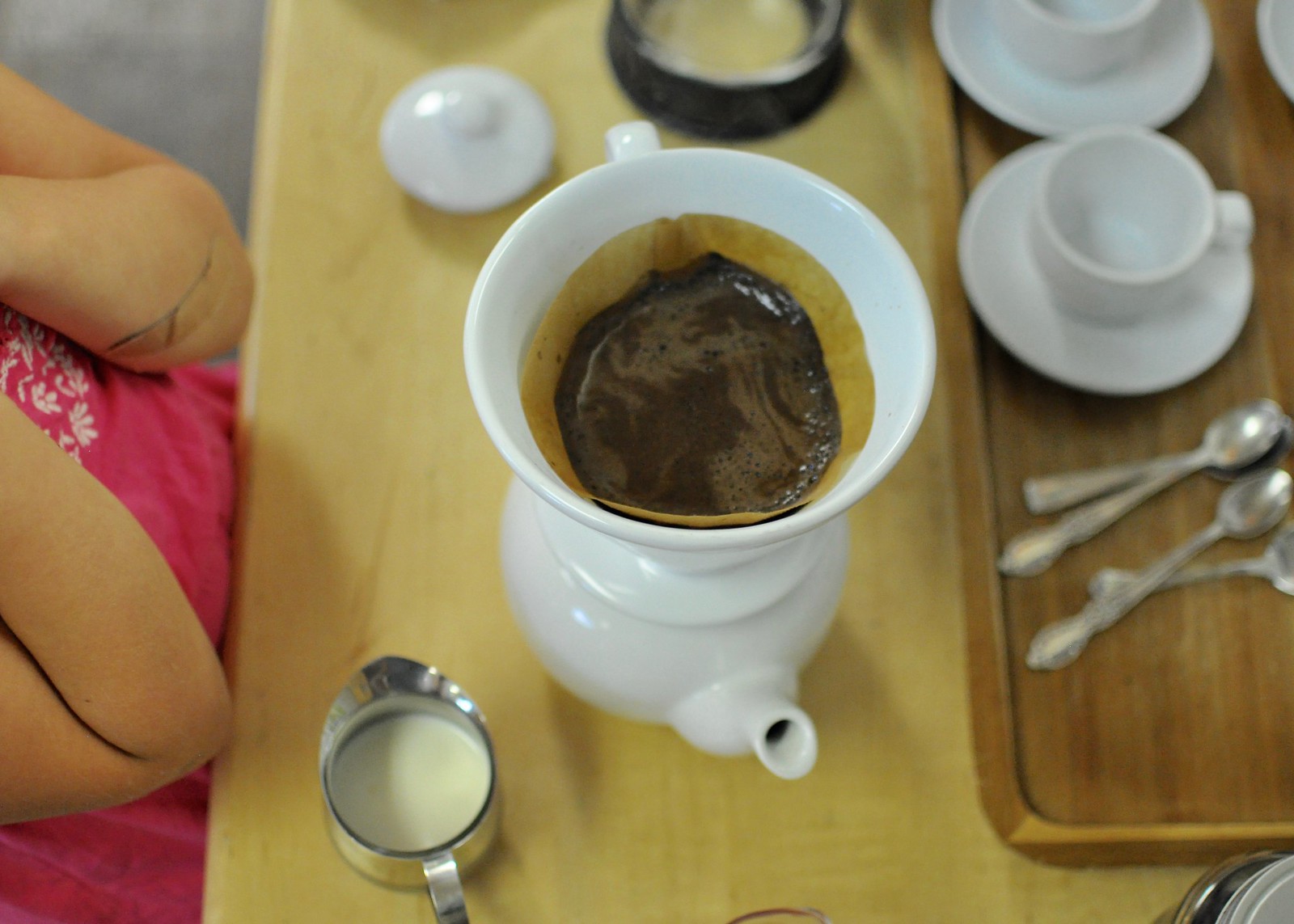
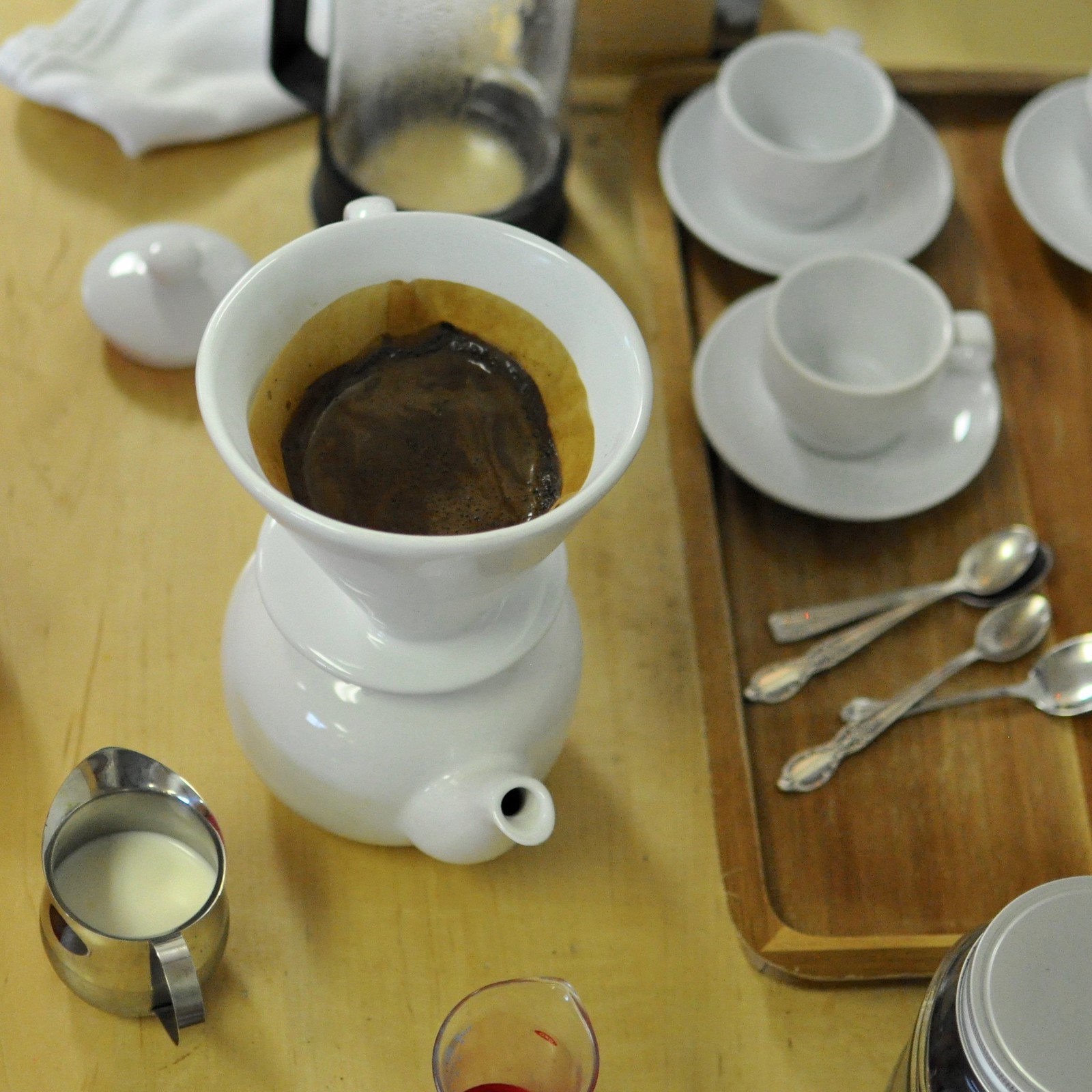
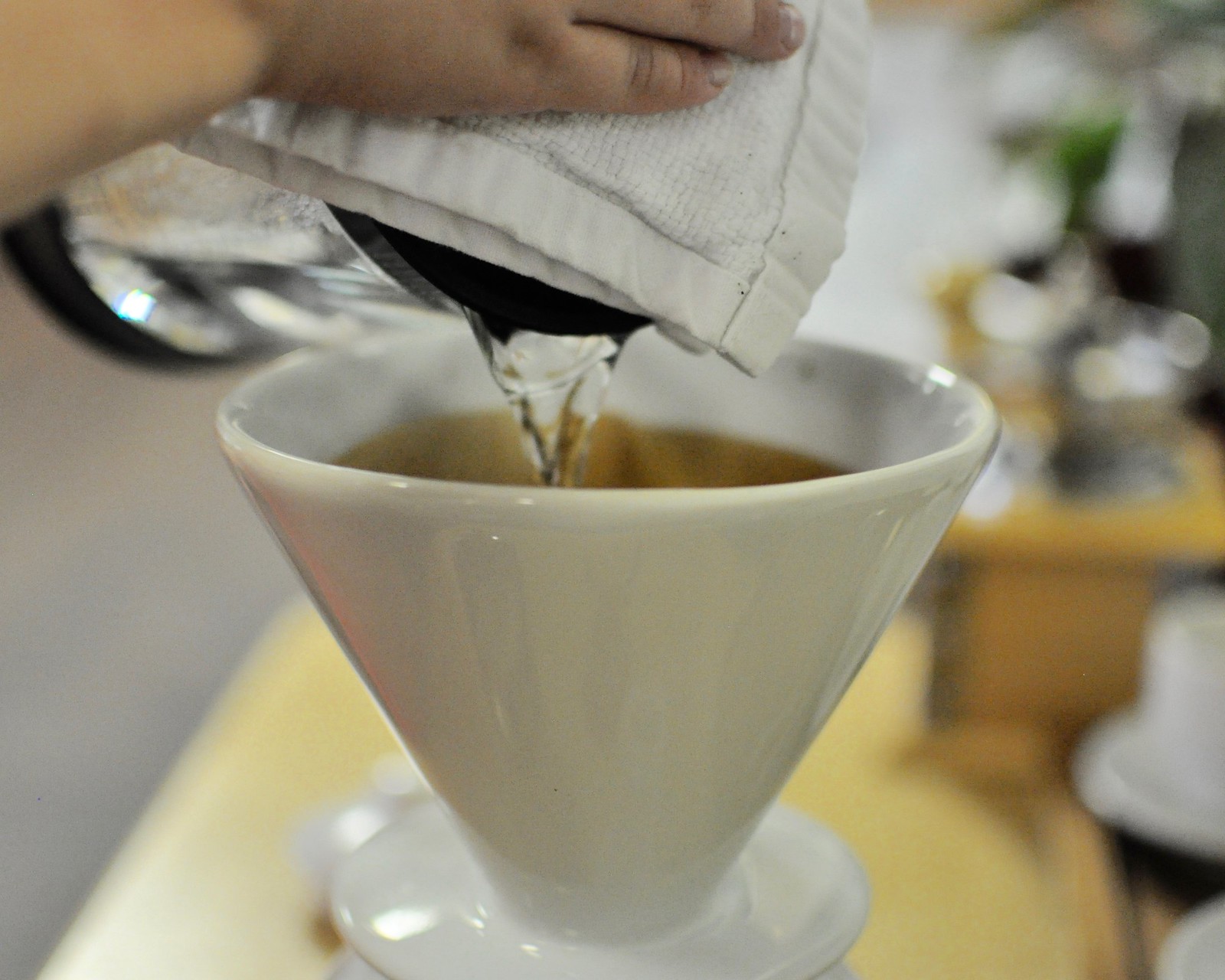
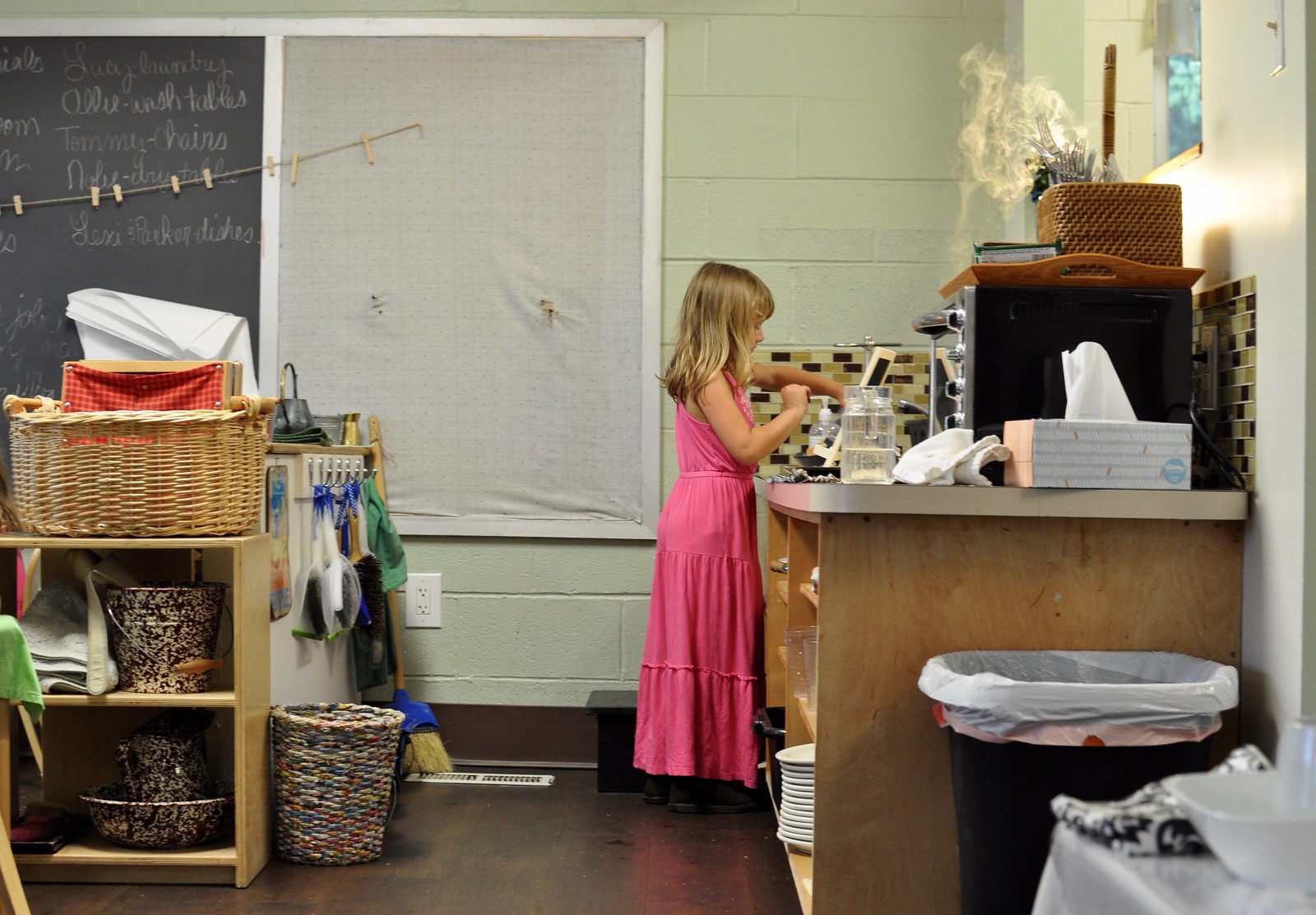
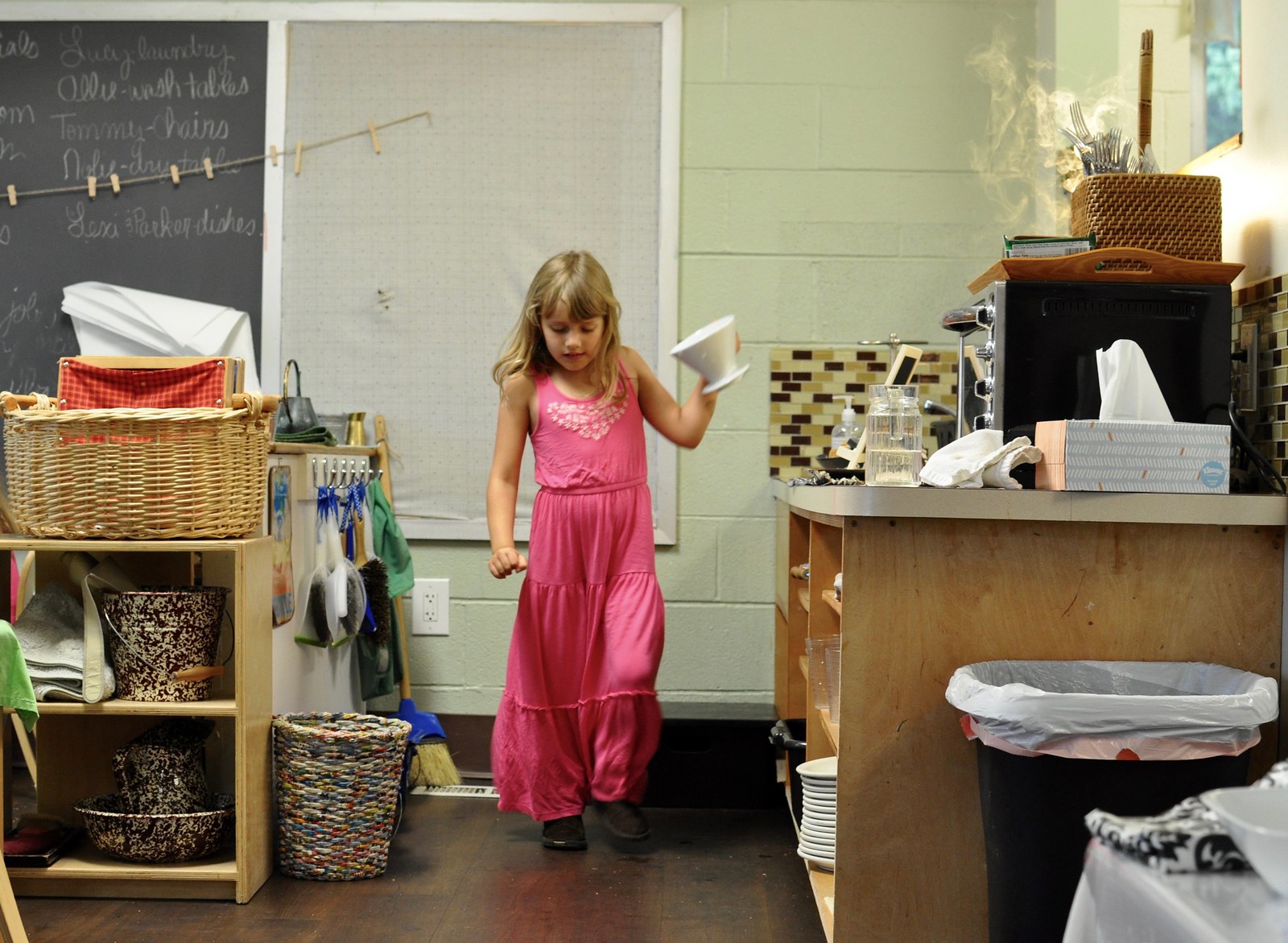
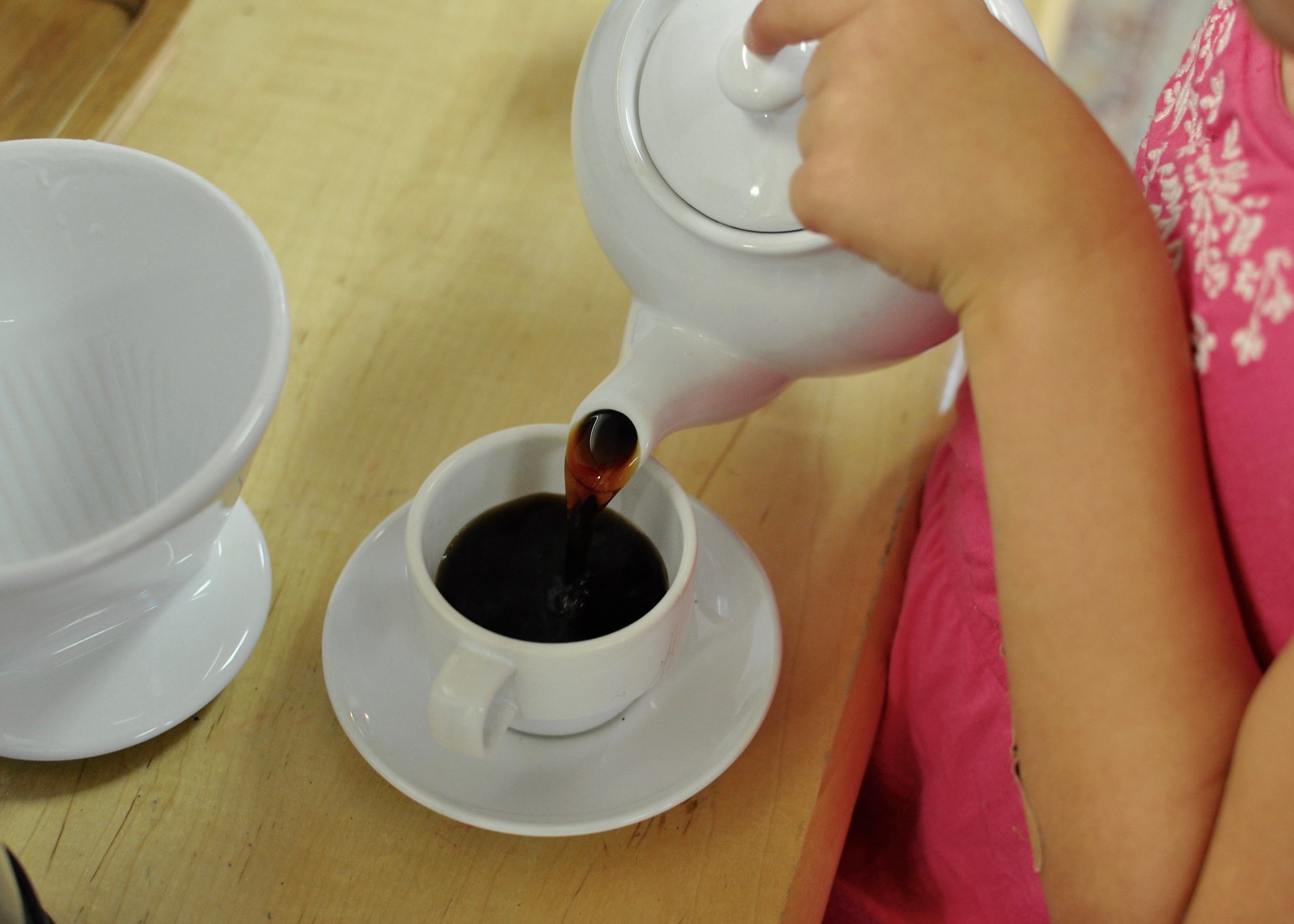
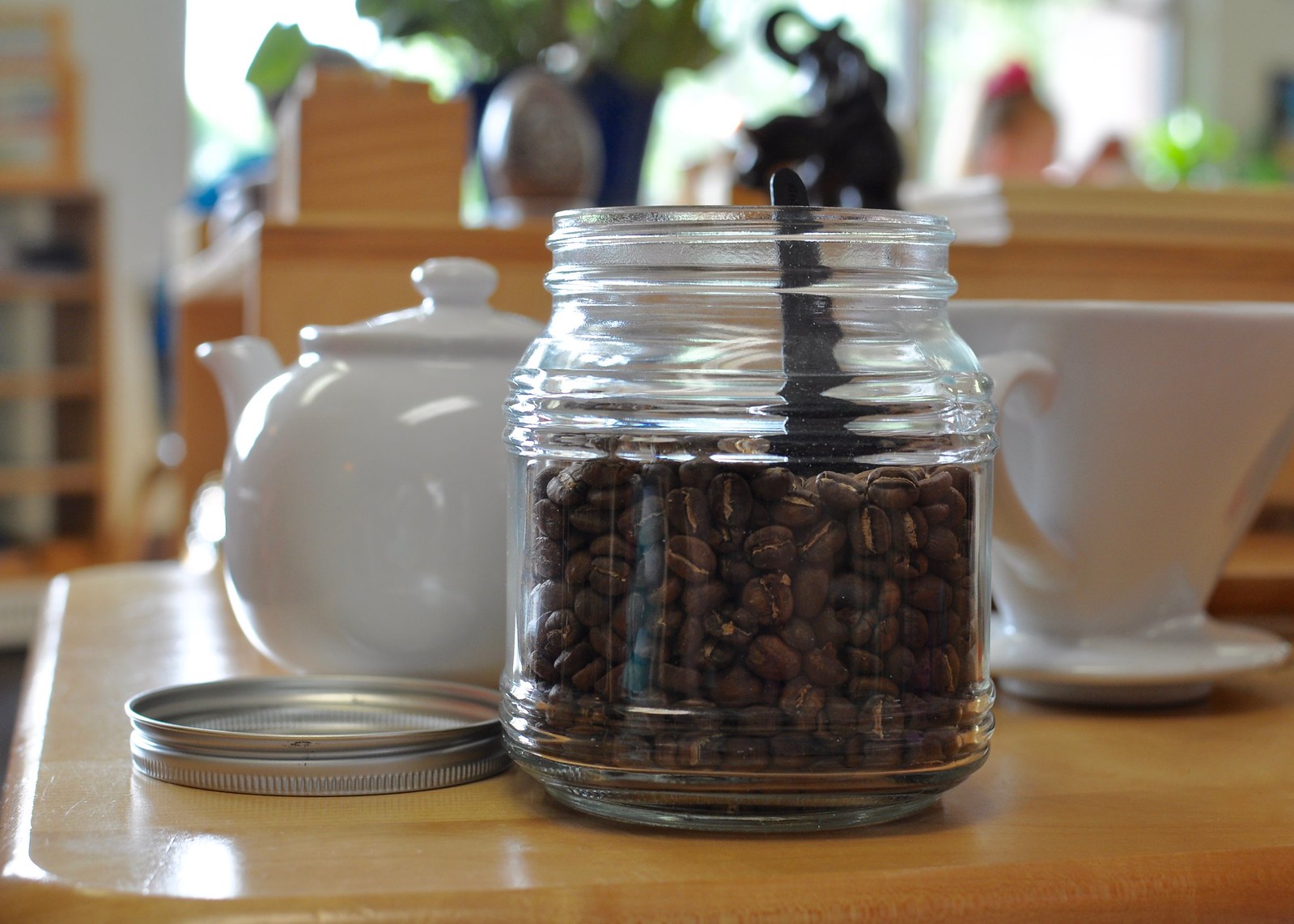







































































 The metal insets, which consist of ten metal frames with matching metal insets: square, triangle, circle, rectangle, oval, trapezoid, pentagon, curvilinear triangle, and quatrefoil. This lesson is for a child to acquire mastery of the hand in using a writing instrument and is direct preparation for writing.
The metal insets, which consist of ten metal frames with matching metal insets: square, triangle, circle, rectangle, oval, trapezoid, pentagon, curvilinear triangle, and quatrefoil. This lesson is for a child to acquire mastery of the hand in using a writing instrument and is direct preparation for writing. A child learns to grip and guide his colored pencil, experiencing the effects of pressure upon the writing instrument. Also in doing this work, a child learns to use one continuous stroke with the pencil, which is helpful in preparation for cursive writing. The hand-eye coordination work here is intense for young children, and something in which they obtain much joy. The results are obvious and immediate; a child is provided visual feedback for the outline he has created, as well as for how saturated his lines are and how much pressure he has used to create this work.
A child learns to grip and guide his colored pencil, experiencing the effects of pressure upon the writing instrument. Also in doing this work, a child learns to use one continuous stroke with the pencil, which is helpful in preparation for cursive writing. The hand-eye coordination work here is intense for young children, and something in which they obtain much joy. The results are obvious and immediate; a child is provided visual feedback for the outline he has created, as well as for how saturated his lines are and how much pressure he has used to create this work.

 Through the work of metal insets, a child learns to refine his hand control, increase fine motor skills and muscle strength, and increase concentration. In addition, the child learns about the geometric shapes, including how they look when moved and turned about. As the child progresses through this work, he will use different insets together to create different designs, introducing him to the art he will be more conscious of in the next stage of development."A three-year-old educated according to Montessori pedagogy, becomes a master of his hand and undertakes with a joy a variety of human activities. These activities allow him to develop the power of concentration." (San Remo Lectures)
Through the work of metal insets, a child learns to refine his hand control, increase fine motor skills and muscle strength, and increase concentration. In addition, the child learns about the geometric shapes, including how they look when moved and turned about. As the child progresses through this work, he will use different insets together to create different designs, introducing him to the art he will be more conscious of in the next stage of development."A three-year-old educated according to Montessori pedagogy, becomes a master of his hand and undertakes with a joy a variety of human activities. These activities allow him to develop the power of concentration." (San Remo Lectures)



















